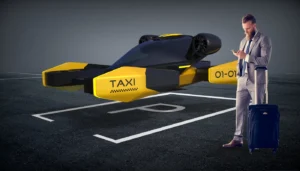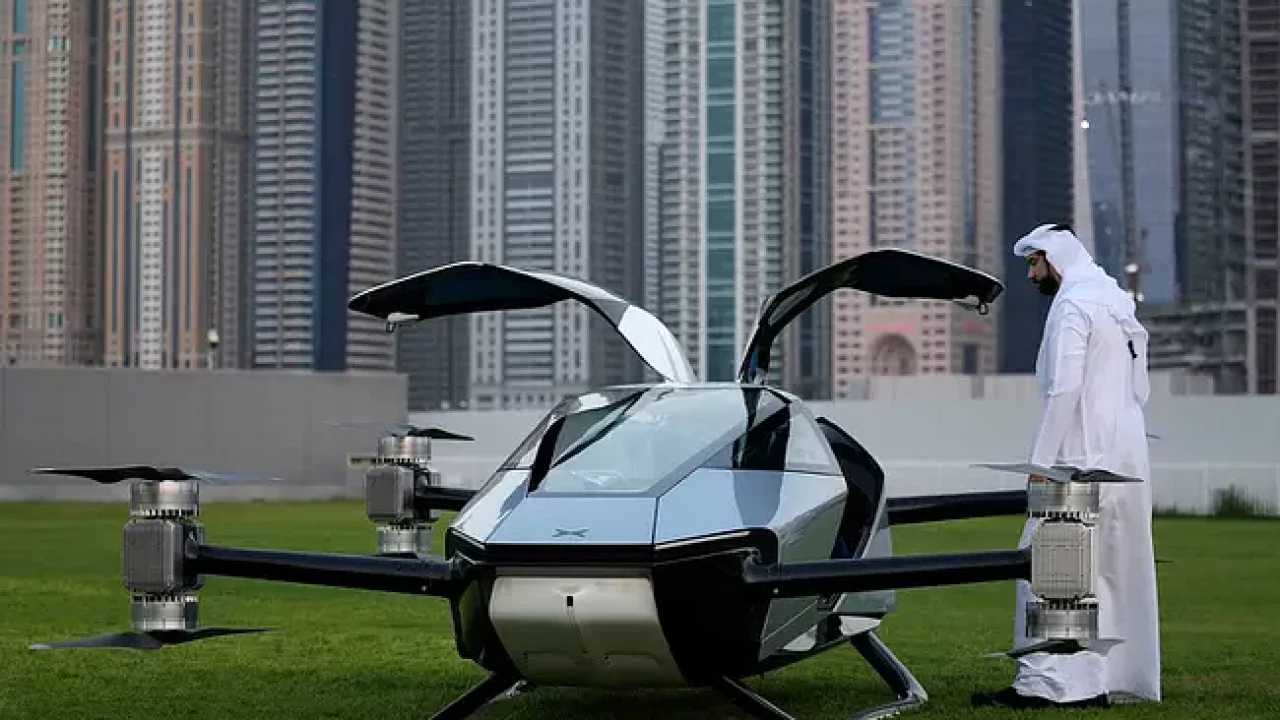With rapid advances in engineering, aeronautics, and technology, the world is witnessing the dawn of an extraordinary innovation — the first flying car. This groundbreaking vehicle, which can drive on roads and soar through the skies, promises to transform transportation as we know it.
The Birth of the Flying Car
The concept of flying cars has fascinated humanity for over a century, with early pioneers like Henry Ford predicting their eventual creation. However, the technological limitations of the time kept these visions firmly grounded.
Several companies have been racing to develop flying cars, but one in particular has captured global attention: Terrafugia, a subsidiary of Geely (the parent company of Volvo). In 2020, Terrafugia successfully developed the first fully functional flying car prototype, known as the Terrafugia Transition. With regulatory approvals and commercial production now on the horizon, the Transition marks a significant leap in personal transportation.
How the Flying Car Works

The flying car blends the characteristics of a car and an aircraft into one. At its core, it is a hybrid-electric vehicle with two modes of operation: driving and flying. Here’s how it works:
Driving Mode
In driving mode, the flying car operates like a traditional vehicle.The car is compact and lightweight, designed to meet the same road safety standards as any regular car. It can travel at highway speeds and be driven to and from airports or launch sites for takeoff.
Flight Mode
When the flying car is ready to take to the skies, it undergoes a transformation. The Transition has foldable wings that extend out from the sides of the vehicle, along with rear propellers powered by an additional engine.
With its sophisticated avionics and navigation system, the flying car is capable of short- to medium-range flights, perfect for intercity commutes or even regional travel.
Autonomy and Safety
One of the most important aspects of the world’s first flying car is its integration of autonomous technology.
In terms of safety, flying cars are designed with multiple fail-safes. They come equipped with emergency parachutes for both the vehicle and its occupants, in case of engine failure or other emergencies. Additionally, the flying car’s lightweight structure and electric propulsion reduce the risks associated with traditional aviation fuel.
The Benefits of Flying Cars

The introduction of flying cars has the potential to revolutionize the way people travel, bringing numerous benefits across various sectors of society. Here are some of the most significant advantages:
1. Reduced Traffic Congestion
One of the primary motivations behind the development of flying cars is the potential to alleviate traffic congestion in major cities. As urban populations grow, road infrastructure struggles to keep up with the increasing number of vehicles. Flying cars offer an alternative solution by opening up a new dimension for travel — the air.
2. Faster Commutes
Imagine being able to fly over gridlocked roads and bypass traffic altogether. Flying cars have the potential to cut commute times drastically.
3. Eco-Friendly Transportation
Many flying cars, including the Terrafugia Transition, are designed with hybrid-electric or fully electric propulsion systems. This makes them more environmentally friendly than traditional gasoline-powered cars and airplanes. By reducing reliance on fossil fuels, flying cars have the potential to lower carbon emissions and contribute to a more sustainable future for transportation.
4. Enhanced Accessibility
Flying cars could also improve accessibility to remote or hard-to-reach areas. Traditional infrastructure is often limited by geography, with mountainous regions or islands requiring long and difficult commutes. Flying cars can provide faster and more direct routes to these areas, improving access to goods, services, and emergency medical assistance.
Challenges to Overcome

While the world’s first flying car is an exciting achievement, there are several challenges that need to be addressed before flying cars become a common mode of transportation.
1. Regulatory Hurdles
One of the most significant obstacles to the widespread adoption of flying cars is the regulatory landscape. Governments and aviation authorities must develop new laws and regulations to govern the use of flying cars in airspace. This includes establishing safety standards, air traffic control systems, and licensing requirements for pilots or autonomous flight systems.
2. Infrastructure Development
In addition to regulatory challenges, the infrastructure required to support flying cars must be developed. This includes the construction of vertiports for takeoff and landing, charging stations for electric flying cars, and integration with existing air traffic control systems. Urban planning will need to adapt to accommodate these new technologies.
3. Cost and Accessibility
Initially, flying cars will likely be expensive, making them accessible only to the wealthy or those in specialized industries. It may take several years before flying cars are affordable for the average consumer.
4. Public Perception
There may be skepticism or fear surrounding the idea of flying cars, particularly in terms of safety. To gain widespread acceptance, manufacturers must prove that flying cars are as safe, if not safer, than traditional vehicles. Public perception will play a key role in the successful adoption of this technology.
The Future of Flying Cars

The debut of the world’s first flying car marks the beginning of a new era in transportation. While there are still challenges to overcome, the potential impact of flying cars on society is undeniable. Over the next decade, we can expect to see rapid advancements in this field, from improved battery technology and autonomous flight systems to more efficient and affordable models.
In the future, flying cars could become as common as traditional cars are today, transforming the way we live, work, and travel. Whether commuting to work, embarking on a weekend getaway, or delivering medical supplies to remote areas, flying cars have the potential to reshape our world.
Conclusion
The world’s first flying car is not just a technological marvel; it’s a glimpse into the future of transportation. By combining the convenience of driving with the speed and efficiency of flying, this remarkable vehicle offers a solution to some of the most pressing transportation challenges of our time. Buckle up — the future of travel is about to take off!

